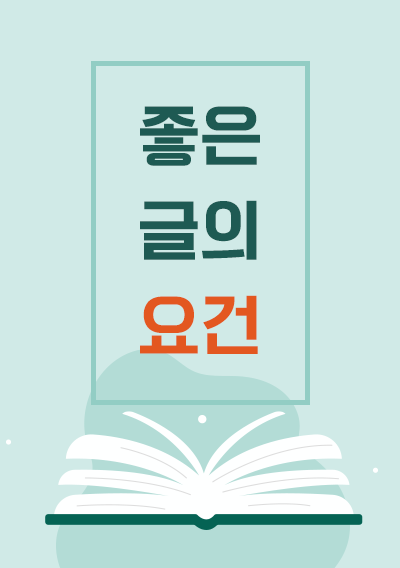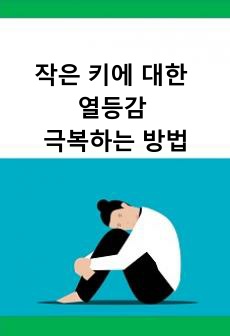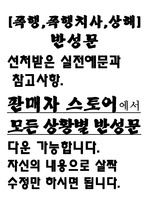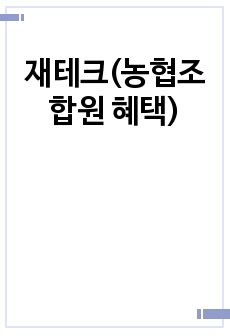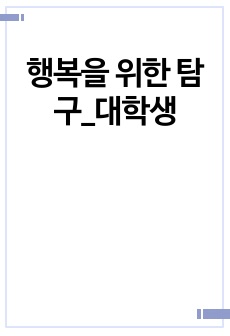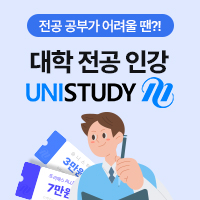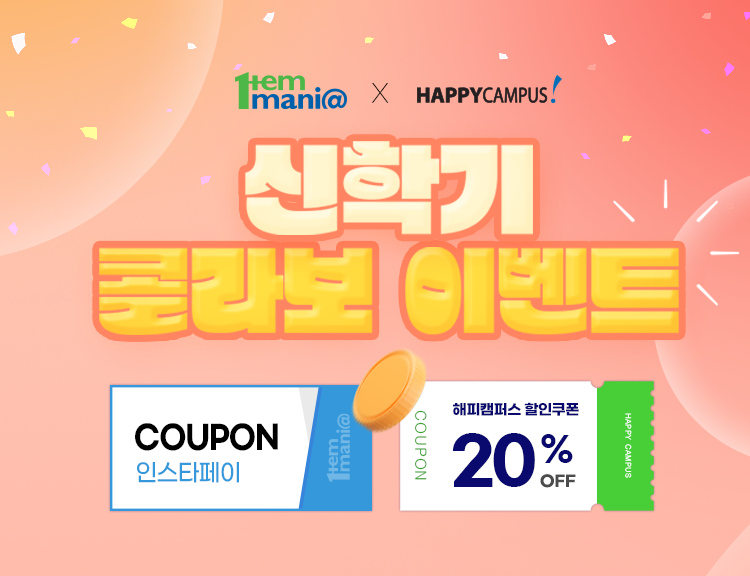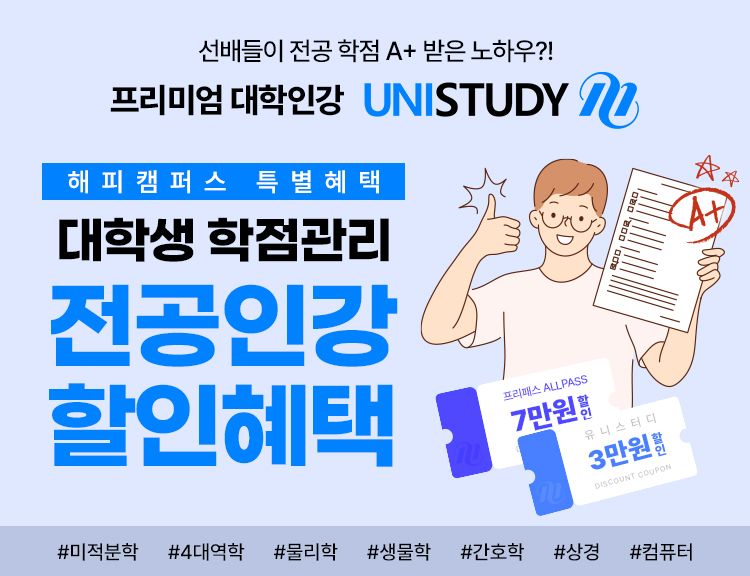CONSUMERS RE-SHAPING LUXURY DISCOVERING NEW SEGMENTS BY LISTENING TO USER GENERATED CONTENT
* 본 문서는 배포용으로 복사 및 편집이 불가합니다.
서지정보
ㆍ발행기관 : 글로벌지식마케팅경영학회(GFMC)
ㆍ수록지정보 : GFMC Session1
ㆍ저자명 : Matteo Montecchi, Ana Roncha, Karinna Nobbs
ㆍ저자명 : Matteo Montecchi, Ana Roncha, Karinna Nobbs
영어 초록
Research ContextThe term User Generated Content (UGC) refers to a wide range of consumers’ contributions shared through digital and social platforms. These contributions can take the form of blogs, articulated collections of images, homemade videos (or even “homemade advertising” campaigns) and various types of product reviews and product usage demonstrations (Berthon, Pitt, & Campbell, 2008; Fader & Winer, 2012). In a previous study, we reviewed the OECD (2007) official definition of UGC to encompass the evolving and more holistic nature of this phenomenon. We defined UGC as “content in the form of text, sound, visuals or videos, which has been created by or in collaboration with consumers and disseminated through social platforms across various digital and non-digital channels. UGC can be centered on a brand, product or service or revolve around a topic/issue of interest to the consumer. It can be either solicited as part of commercial or non-commercial initiatives or contributed spontaneously by the consumer” (Montecchi & Nobbs, 2012).
Marketing managers are now facing a completely different landscape where the more traditional approaches to brand promotion “are giving way to a messy tangle of market-based communications consisting of multiple authors including customers, competitors, observers, employees, and interested collectives” (Muniz Jr. & Schau, 2011). In this context, UGC is a clear representation of how the balance of power and control has shifted from brands to consumers (Sheehan, 2010; Pires, Stanton, & Rita, 2006; Berthon, Pitt, Plangger, & Shapiro, 2012).
Amongst the various sectors which have benefited from a constant growth of digital channels and consumers’ online engagement, the luxury industry has shown some astonishing results. After an initial skepticism, major luxury organisations have embraced digital channels from both a distribution and marketing communications perspective, following the success of online pure-players such as Net-A-Porter. With online sales projected to grow steadily, luxury brands need to learn how to engage more effectively with a new generation of hyper-connected customers by re-addressing the balance of power and control they want to manage.
Purpose of the Research
By building on Smith, Fischer, & Yongjian (2012) framework for the analysis of UGC, this research aims to map the features of brand related UGC across three social media platforms (Facebook, Twitter and YouTube) with a particular focus on the luxury product/market context.
Through the analysis of a sample of brand-related digital contributions, a set of customer profiles will be constructed to highlight further targeting opportunities for luxury brands.
Three brands operating at global level (Louis Vuitton, Rolex and Burberry) will be selected as the context of this investigation since these generate a significant level of consumers’ discussion and engagement on digital media.
Methodology
The research design is based on observational netnography and content analysis (Ertimur & Gilly, 2011; Kozinets, 2002). A sample of 100 consumers’ contributions for each brand, published on each of the three selected platforms, will be analysed for a total of 900 pieces of UGC. The framework which will be used for the analysis is derived from the research conducted by Smith, Fischer, & Yongjian (2012). It allows researchers to explore the level of customers’ self-presentation, the centrality of the brand in the content shared, whether there is an attempt to a brand-directed communication and associated responses and whether the content is more factual or emotional. The brand sentiment in each piece of content will also be measured. The results of this analysis will be used to construct a multi-dimensional set of customer profiles by building on the UGC typologies identified. This will provide luxury brands with an effective tool to enhance their market segmentation and targeting capabilities.
참고 자료
없음태그
"GFMC Session1"의 다른 논문
 FAST AND SLOW FASHION BRANDS IN DEVELOPING SUSTAINABLE ..6페이지
FAST AND SLOW FASHION BRANDS IN DEVELOPING SUSTAINABLE ..6페이지 “WHAT IF A CELEBRITY AND A BRAND CO-CREATE A NEW COLLEC..7페이지
“WHAT IF A CELEBRITY AND A BRAND CO-CREATE A NEW COLLEC..7페이지 THE INSTAGRAM’S STRATEGY IN ENGAGING THE CUSTOMER’S LOY..3페이지
THE INSTAGRAM’S STRATEGY IN ENGAGING THE CUSTOMER’S LOY..3페이지 THE PARTICULARITIES OF NEW PRODUCT DEVELOPMENT IN THE T..5페이지
THE PARTICULARITIES OF NEW PRODUCT DEVELOPMENT IN THE T..5페이지 THE LONE CHOCOLATE BAR: THE INFLUENCE OF PERCEIVED SCAR..6페이지
THE LONE CHOCOLATE BAR: THE INFLUENCE OF PERCEIVED SCAR..6페이지 ADS AS WORKS OF ART: MEASURING ADVERTISING IMMERSION3페이지
ADS AS WORKS OF ART: MEASURING ADVERTISING IMMERSION3페이지 ECONOMIES OF SMALL: NICHE STRATEGIES AND SUCCESS FACTOR..8페이지
ECONOMIES OF SMALL: NICHE STRATEGIES AND SUCCESS FACTOR..8페이지 THE INFLUENCE OF ONLINE CUSTOMER REVIEWS ON RETAILERS' ..6페이지
THE INFLUENCE OF ONLINE CUSTOMER REVIEWS ON RETAILERS' ..6페이지 IS THE ARTIFICATION PROCESS PERCEIVED BY FINAL CONSUMER..6페이지
IS THE ARTIFICATION PROCESS PERCEIVED BY FINAL CONSUMER..6페이지 THE ODD EVEN PRICE PARADOX IN THE FASHION LUXURY SECTOR6페이지
THE ODD EVEN PRICE PARADOX IN THE FASHION LUXURY SECTOR6페이지




